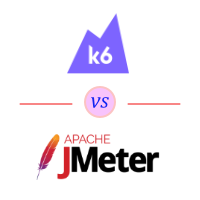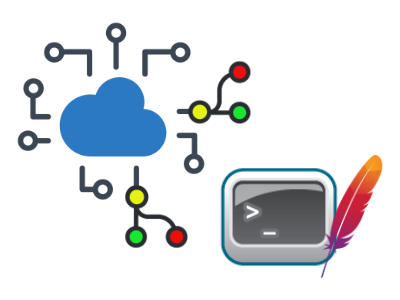Installing k6 Locally to Debug Tests
When developing your k6 tests, you will likely want to debug them before deploying to the cloud. This is especially important as your test grows more sophisticated and becomes more complex, and you will inevitably want confirmation that your test is performing as expected. By installing k6 on your local machine, you can debug your tests in near real-time with direct feedback from the k6 engine. In this brief post, we will show you how toRead More →








